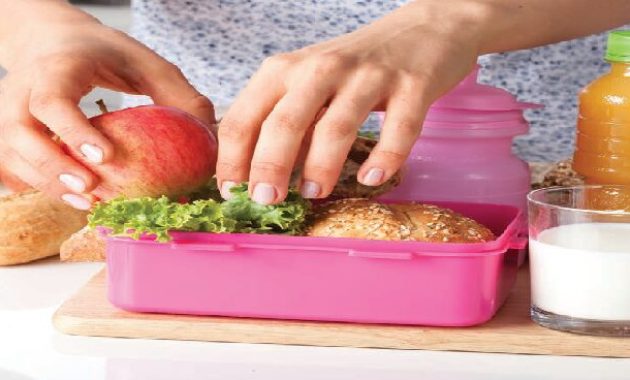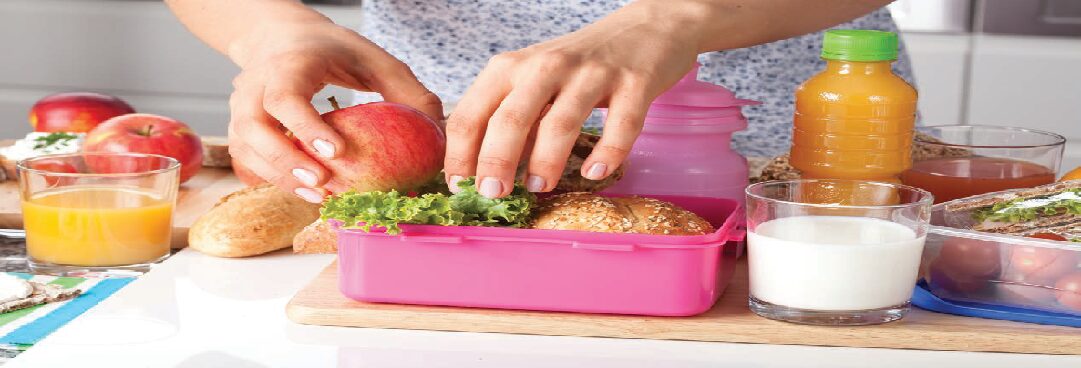
How to Prep Lunches That Won’t Spike Diabetes: Delicious and Diabetic-Friendly Meal Ideas
Managing diabetes requires vigilance, especially when it comes to meal planning. For individuals with diabetes, what they eat significantly impacts their blood sugar levels. A well-prepared lunch can be a powerful tool in maintaining stable glucose levels throughout the day. This article delves into the art of preparing lunches that are not only delicious but also won’t cause blood sugar spikes. We’ll explore practical strategies, delicious recipes, and expert advice to help you master the art of diabetic-friendly lunch preparation.
Understanding the Impact of Food on Blood Sugar
Before diving into lunch preparation, it’s crucial to understand how different foods affect blood sugar. Carbohydrates have the most significant impact. They break down into glucose, which enters the bloodstream. The glycemic index (GI) and glycemic load (GL) are valuable tools. They help determine how quickly a food raises blood sugar levels. Foods with a low GI and GL are generally preferred for individuals with diabetes. These foods cause a slower, more gradual rise in blood sugar.
Protein and healthy fats play a vital role in slowing down glucose absorption. They contribute to satiety and provide sustained energy. Fiber, found in whole grains, fruits, and vegetables, is another key component. Fiber slows down digestion and prevents rapid blood sugar spikes. Understanding these principles forms the foundation for preparing diabetic-friendly lunches.
Key Principles for Diabetic-Friendly Lunch Preparation
Several key principles should guide your lunch preparation. First, focus on portion control. Even healthy foods can raise blood sugar if consumed in excess. Measure your portions carefully, using measuring cups or a food scale. Second, prioritize low-GI foods. Choose whole grains, non-starchy vegetables, and lean proteins. Third, balance your meals. Include a combination of carbohydrates, protein, and healthy fats in each lunch. This combination ensures a slower release of glucose into the bloodstream.
Fourth, choose foods rich in fiber. Fiber helps regulate blood sugar levels and promotes satiety. Fifth, be mindful of added sugars and processed foods. These foods often contain high amounts of sugar and unhealthy fats. They can cause rapid blood sugar spikes. Sixth, stay hydrated by drinking plenty of water.
Lunch Ideas That Won’t Spike Diabetics
Here are some lunch ideas that are both delicious and diabetic-friendly:
- Salads: Salads are a versatile and healthy lunch option. Start with a base of leafy greens. Add non-starchy vegetables like cucumbers, bell peppers, and tomatoes. Include a source of lean protein such as grilled chicken, fish, or tofu. Dress your salad with a light vinaigrette made with olive oil and vinegar. Avoid creamy dressings, which are often high in fat and sugar.
- Sandwiches on Whole-Grain Bread: Opt for whole-grain bread, which has a lower GI than white bread. Fill your sandwich with lean protein, such as turkey breast or chicken. Add plenty of non-starchy vegetables, such as lettuce, tomatoes, and onions. Use a small amount of avocado or a light spread like hummus instead of mayonnaise.
- Soups: Homemade soups can be a healthy and satisfying lunch. Choose vegetable-based soups, such as vegetable soup or minestrone. Add lean protein, such as chicken or beans. Avoid creamy soups, which may be high in fat and calories.
- Leftovers: Utilize leftovers from dinner to create a quick and easy lunch. Portion out your leftovers and pack them with a side of vegetables. This is a great way to save time and reduce food waste.
- Wraps: Use whole-wheat tortillas or lettuce wraps as a base. Fill them with lean protein, non-starchy vegetables, and a small amount of healthy fat, such as avocado.
Recipe: Grilled Chicken and Vegetable Salad
Here’s a simple and delicious recipe for a grilled chicken and vegetable salad:
Ingredients:
- 4 oz grilled chicken breast, sliced
- 2 cups mixed greens
- 1/2 cup cucumber, chopped
- 1/2 cup bell peppers (any color), chopped
- 1/4 cup red onion, thinly sliced
- 1/4 cup cherry tomatoes, halved
- 2 tablespoons olive oil
- 1 tablespoon balsamic vinegar
- Salt and pepper to taste
Instructions:
- In a large bowl, combine the mixed greens, cucumber, bell peppers, red onion, and cherry tomatoes.
- In a small bowl, whisk together the olive oil, balsamic vinegar, salt, and pepper.
- Pour the dressing over the salad and toss gently to combine.
- Top the salad with the grilled chicken slices.
- Serve immediately or pack for lunch.
Snack Ideas to Complement Your Lunch
Snacks are an important part of managing diabetes. They help prevent blood sugar drops and provide sustained energy. Choose snacks that are low in carbohydrates, high in fiber, and contain a source of protein or healthy fats. Here are some snack ideas:
- A handful of almonds or walnuts
- A small apple with a tablespoon of peanut butter
- A few celery sticks with hummus
- A hard-boiled egg
- A small container of Greek yogurt
Tips for Packing Your Lunch
Packing your lunch effectively is essential for maintaining blood sugar control. Use an insulated lunch bag to keep your food fresh. Pack your lunch the night before to save time. This also helps you avoid making unhealthy choices in a rush. Portion out your food carefully, using containers with measured portions. Include a bottle of water to stay hydrated. Consider packing a small ice pack to keep your food cool. Carry a small snack in case your blood sugar drops unexpectedly.
Foods to Limit or Avoid
Certain foods can cause rapid blood sugar spikes. It is important to limit or avoid them. These foods include sugary drinks, such as soda and juice. Also avoid processed foods, which often contain high amounts of sugar and unhealthy fats. Limit refined carbohydrates, such as white bread, pasta, and rice. Avoid fried foods, which are high in fat and calories. Be mindful of portion sizes of all foods, even healthy ones.
The Importance of Regular Blood Sugar Monitoring
Regular blood sugar monitoring is crucial for managing diabetes. It helps you understand how different foods affect your blood sugar levels. It also helps you adjust your meal plan and medication as needed. Monitor your blood sugar before and after meals. This helps you identify which foods cause blood sugar spikes. Work with your healthcare provider to develop a personalized blood sugar monitoring plan.
Consulting with a Healthcare Professional
It’s essential to consult with a healthcare professional or a registered dietitian. They can provide personalized advice and guidance on meal planning. They can help you develop a diabetic-friendly meal plan that meets your individual needs. They can also provide support and education on managing diabetes. They can also help you understand how to prepare lunches that won’t spike diabetes.
Conclusion: Mastering the Art of Diabetic-Friendly Lunches
Preparing lunches that won’t spike diabetes is achievable with the right knowledge and planning. By understanding the impact of food on blood sugar, following key principles, and utilizing delicious recipes, you can create satisfying and healthy lunches. Remember to prioritize low-GI foods, balance your meals, and monitor your blood sugar regularly. With these strategies, you can manage your diabetes effectively and enjoy your meals without worry. [See also: Related Article Titles]
Creating diabetic-friendly lunches is an active process. It requires careful planning. It also requires a commitment to making healthy choices. By following the guidelines outlined in this article, you can take control of your diet. You can effectively manage your diabetes. You can enjoy delicious, satisfying lunches that won’t spike your blood sugar. Always consult with a healthcare professional for personalized advice.

